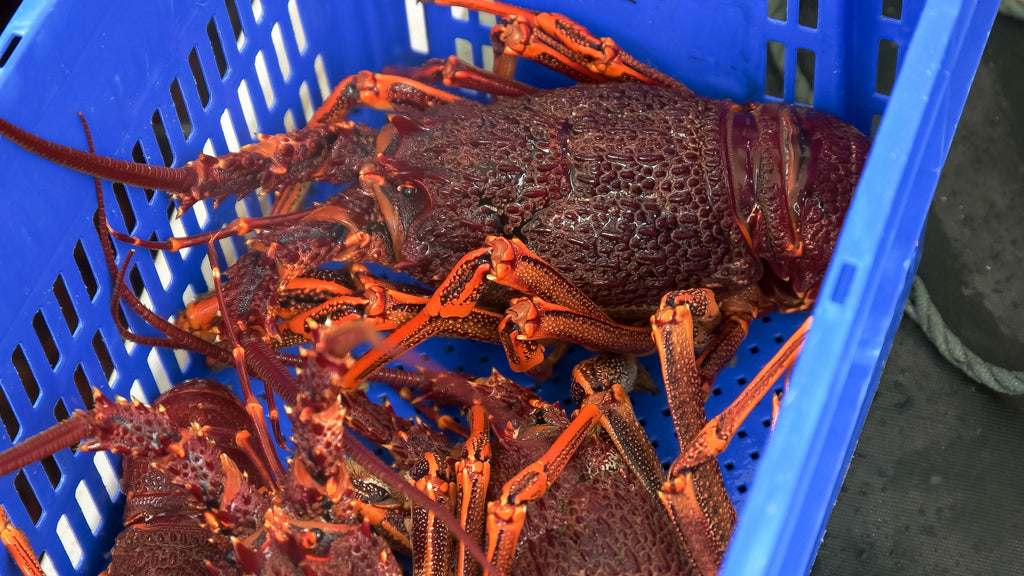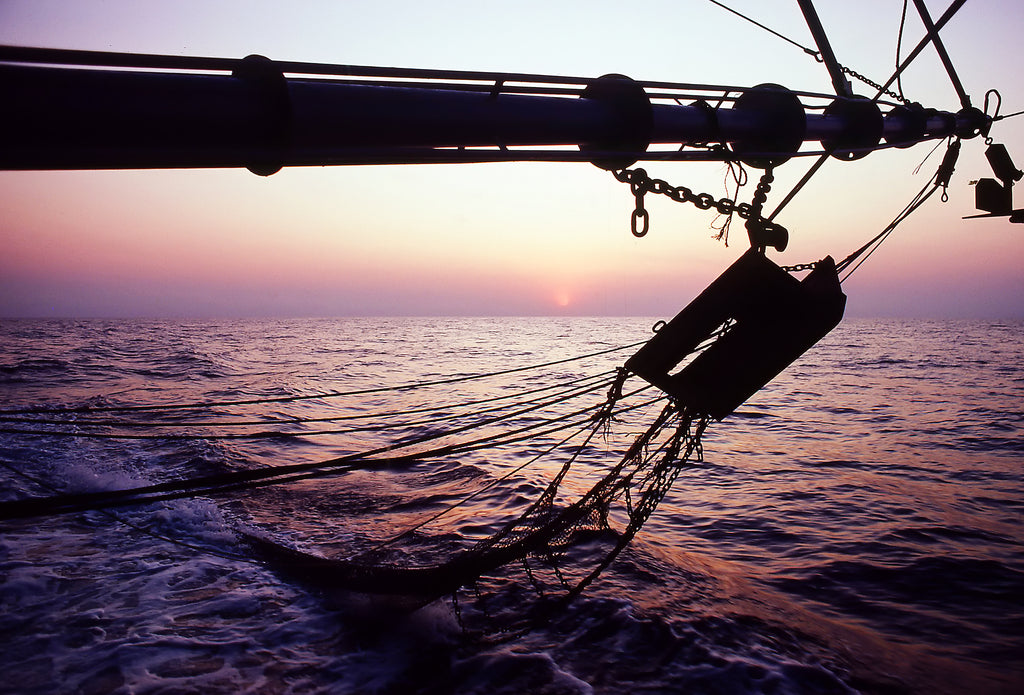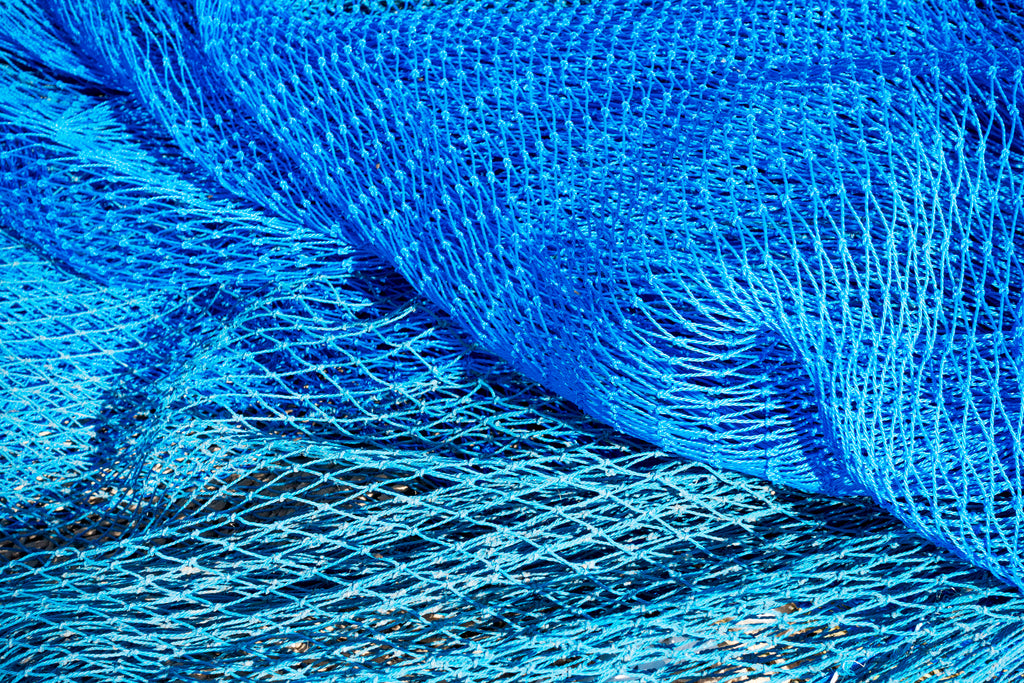A Snapshot of Australian Fisheries & Aquaculture
Australia has the world’s third largest Exclusive Economic Zone (EEZ). Our fishing zone includes both the EEZ and our territorial seas in an area that is larger than our land mass - a whopping 8 million km2. Despite having one of the largest fishing environments in the world, our fisheries and aquaculture industry are primarily focused on just three products: salmonoids, rock lobsters and prawns which make up over 60% of the value of production, and Australia is consequently considered a minor producer of fishing products.
In a world increasingly concerned with sustainability and origin, it’s important to know where your products hail from, after all, Australians love their summer seafood, and our BBQs would not be the same without our fishing industry. It may be surprising to know that seafood consumption is higher than lamb or sheep products. So, we’d rather prawns on the BBQ than lamb! Who could have guessed?

Aquaculture
Much of the fishing industry is regionally based along Australia’s coast lines which means that it plays a significant role within these communities, employing staff and adding to the prosperity of the local economies. Aquaculture as an industry within Australia is growing significantly, driven in large part by the thriving salmon farms within Tasmania and despite the challenges faced by oyster farmers over recent years.

Exports
Demand for seafood is growing globally and exports are now more common than they used to be with the global trade growing from 11% in 1976 to 27% in 2016. Exports are influenced by trade agreements, geography and global pricing. Australia exports what’s called high unit value products such as rock lobster and abalone to the nearby Asian markets. It may be surprising to know that in 2017-18 rock lobster accounted for two thirds of Australia’s export value to China, Hong Kong and Vietnam with the rock lobster trade to China being worth $1.6 billion alone – they purchased 90% of Australia’s product.
The geopolitical trade sanctions against Australia by China impacted the industry significantly even though a grey trade was established through Hong Kong channels. It has also led to producers seeking out new markets with exports to Thailand increasing from $42,000 in 2020 to $9.4 million in 2021 for example.
Imports
Australia imports around 65% of our seafood and we tend to take the lower value products such as canned or frozen finfish from countries like New Zealand, China, Thailand and Vietnam. 60% of imports to Australia are fin fish products. Imports of fisheries products into Australia have risen as a result of growing global aquaculture industry offering lower priced product to consumers. Tuna from Thailand is the major canned seafood import, followed by canned salmon from the US and sardines from the UK.

The Future
Whilst Australia is a small player on the global front of fisheries in terms of productivity, it is a world leader in fisheries governance with a policy foundation that clearly states environmental, economic and livelihood objectives that are used to support sustainability practices and conservation programs.
The Australian government is investing $20 million into technologies that streamline fishing practices and data collection processes that boost innovation and lower compliance costs. The investment is an information management upgrade across the whole industry and includes e-monitoring that simplifies vessel management and reporting as well as e-fish that improves the traceability and provenance of the catches. The data collected is stored and shared, enabling independent review and validation, saving time, money and improving sustainability and conservation in the process.
The demand for seafood continues to grow with an increasing understanding of the health benefits and the versatility of the products when it comes to creating those special dishes to feed your family.
Here at Dawson's we are proud to be a part of this industry and are here to answer any of your questions about seafood – from how to cook it to where it comes from. See you in store soon!

